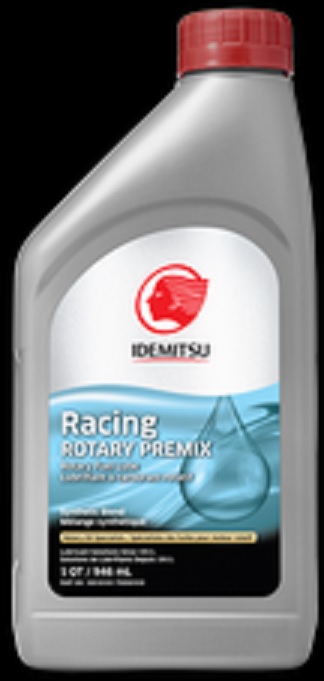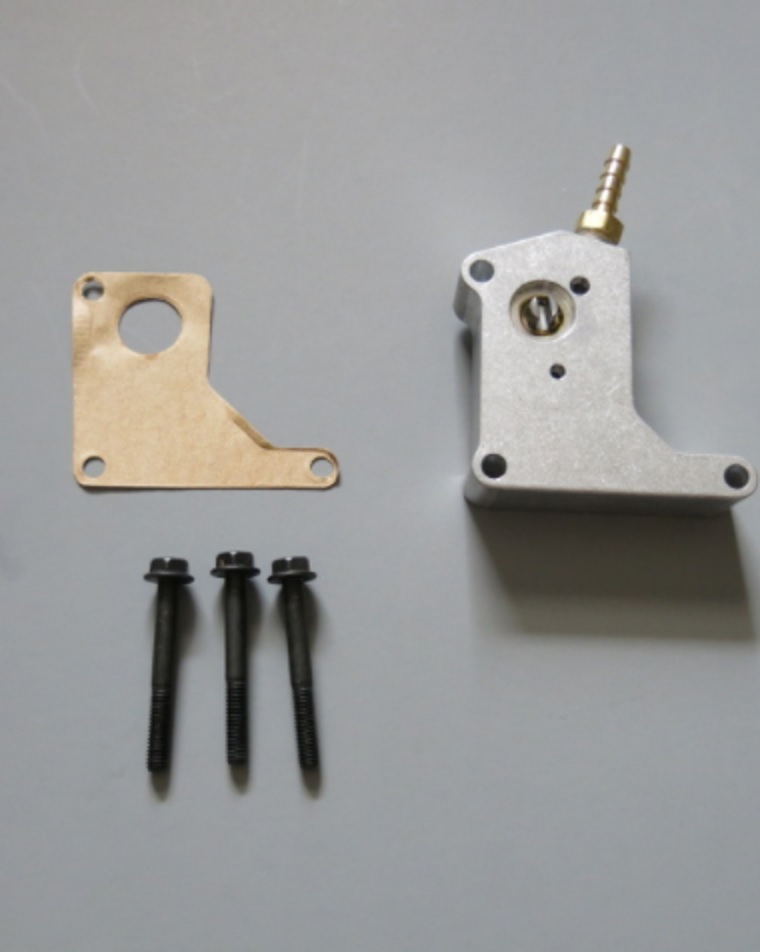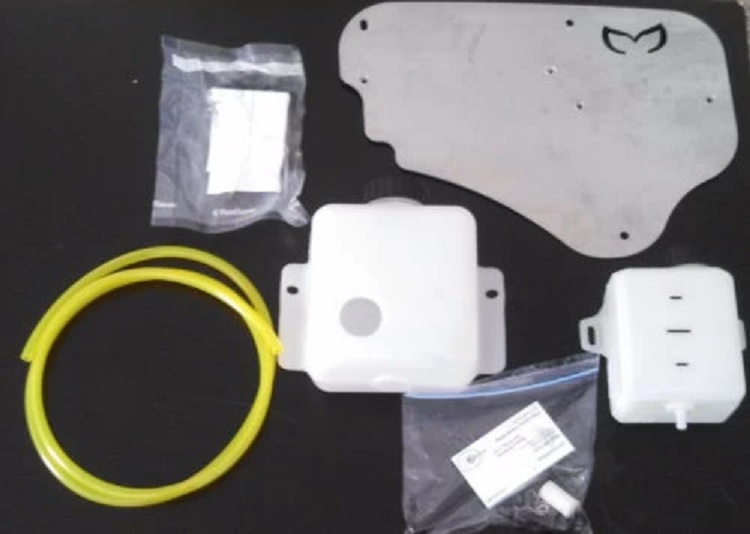
A More Reliable Mazda RX-8 Could Be a Small Modification Away
The rumors are true: a rotary engine will once again appear in Mazda’s lineup. That’s great news for the ‘spinning Dorito’ faithful, but for many, it can seem like an odd decision. The rotary engine has been dinged for unreliability, especially the one found in the Mazda RX-8. It’s held in poor regard compared to the one powering its predecessor, the RX-7. However, it’s possible that a more reliable Mazda RX-8 is just one modification away.
Rotary engines have special maintenance needs
The rotary engine’s drastically different design is both a blessing and a curse when it comes to performance and maintenance.
Developed by NSU engineers and later refined by Mazda, rotary engines have several benefits compared to piston ones, Hagerty reports. For one, they’re lighter and more compact, which is very useful for sports cars. Rotaries are also extremely smooth and have fewer moving parts.

Plus, for a given displacement, they’re also more powerful than a naturally-aspirated piston engine. The 2010 Mazda RX-8 R3’s 1.3-liter rotary makes 232 hp, NADAGuides reports. In contrast, even with a turbocharger, the 2020 Volkswagen GTI’s 2.0-liter turbocharged four-cylinder makes ‘just’ 228 hp.

However, these pros come with several cons. Firstly, although rotary engines can rev extremely high, and make more horsepower, that comes with a lack of torque. The RX-8’s engine makes just 159 lb-ft; in comparison, the GTI makes 258 lb-ft. And the extra power comes with increased fuel consumption. Motor Trend reports a 5.0-liter V8 Mustang gets better real-world fuel economy.
But the biggest drawback is that rotary engines have special maintenance and running requirements compared to piston engines. Once you turn it on, you have to run it until it’s warm to prevent flooding, Car Throttle explains. The service intervals for parts like the ignition coil and spark plugs are also shorter than in piston cars, Banzai Racing reports. And while piston engines can be run to redline, rotary engines require it to burn off carbon build-up.
And then there are the Mazda RX-8’s most infamous problems: apex seals and oil consumption.
Why is the Mazda RX-8 considered unreliable?
To be fair, both of these issues aren’t unique to the Mazda RX-8. The RX-7 suffered them as well, Hagerty reports. And unfortunately, they’re natural consequences of the rotary engine’s design.
Apex seals function like piston rings in a conventional combustion engine. They keep the fuel explosion safely contained and so maximize power and efficiency. However, because of the rotary’s design, Jalopnik explains, one half of the seal is always hotter than the other. So, if the seal is poor-quality, it warps and causes engine damage. And unfortunately, the Mazda RX-8’s apex seals aren’t quite as thick or as durable as the RX-7’s seals.
As for the oil consumption, that’s a natural part of the rotary engine’s combustion process, CarThrottle explains. Oil squirts into the intake manifold and the combustion chamber to keep everything lubricated, including the apex seals. It’s not a flaw, but a design feature.
Unfortunately, not every Mazda RX-8 owner was prepared to deal with these issues. As a result, Mazda extended warranty coverage for 2004-2008 models, Autoblog reports, and upgraded the Renesis engine for 2009.
But even on the last RX-8s, improper maintenance can still cause problems. Because rotaries burn oil, synthetic oils aren’t recommended, Rotary Revs and CarsDirect report. They don’t burn as cleanly, and sometimes lack the rotary-specific additives, Derwin Performance explains. Plus, they’re more expensive. The best option is a rotary-specific mineral oil, with many experts recommending a heavier-weight oil, Derwin Performance reports.
There is one more issue, though. Because the Mazda RX-8 burns the same oil used for lubrication, there’s still the issue of buildup from burning ‘used’ oil. That’s why, among fans, there’s a hotly-debated alternative solution: using 2-stroke premix oil. Which brings us to the matter of the Mazda RX-8 modification: the Sohn adapter.
Can 2-stroke oil and the Sohn adapter help the RX-8’s reliability issues?
2-stroke piston engines also naturally burn oil. That’s because unlike 4-stroke engines, they can’t have a normal pressurized oiling system. So, to keep everything lubricated, 2-stroke engines need ‘premix,’ a specially-blended oil, added to their fuel.

Since the Mazda RX-8 burns oil, too, many owners add 2-stroke premix to their fuel, RX8Club forum users report. It’s typically only recommended for those who disabled their oil metering systems for track use. However, it’s not unusual for the owners of street-driven RX-8s to add premix as well, r/RX8 sub-Reddit users report. Some rotary experts, such as Essex Rotary Specialists, also recommend using it.
And while 2-strokes aren’t exactly clean, the oil does reportedly burn cleaner than synthetic would. Though it’s worth pointing out that even on conventional oil, the RX-8 can still clog its catalytic converter, GarageDreams reports.
However, there’s still the issue of adding the correct amount of premix and dealing with dirty engine oil. That’s where the Sohn adapter comes in, Black Halo Racing explains.
Normally, the Mazda RX-8’s oil flows from the oil pan into the oil metering pump, which injects it as needed. The Sohn adapter, though, separates the lubricating oil from the injected oil by giving the injectors another oil source.

This has several advantages, DrivenByMadness explains. Firstly, it means the oil injectors are constantly getting fresh oil, cutting down on buildup. Secondly, because the engine oil no longer has to pull double-duty, you can switch to a fully-synthetic oil in the main pan without issue. Plus, that oil can be a higher-weight one without worrying about it potentially clogging up the injection lines.
Finally, if you want to run 2-stroke premix oil, you don’t have to worry about mixing it into the fuel tank. Instead, the Sohn adapter sends it out from an under-hood reservoir.
Does it work?
We cannot confirm if the Sohn adapter, combined with using a 2-stroke premix, is solely responsible for improving Mazda RX-8 reliability. And it’s not a replacement for regular preventative maintenance, including oil and oil filter changes, spark plug replacement, etc.
However, RX8Club forum and r/RX8 sub-Reddit users highly recommend the Sohn adapter, even if you don’t run premix. Several commenters on The Straight Pipes’ latest Mazda RX-8 YouTube video also recommend it.

The Sohn adapter kit and secondary parts are fairly inexpensive. The base kit itself sells for $135 on Rotary Aviation. And UK-based The Performance Shop sells the kit with reservoirs, extra tubing, and mounting hardware for about $414. The installation, though, can be a bit involved, DrivenByMadness reports. Still, that’s cheaper and easier than swapping in a new engine.
Follow more updates from MotorBiscuit on our Facebook page.


